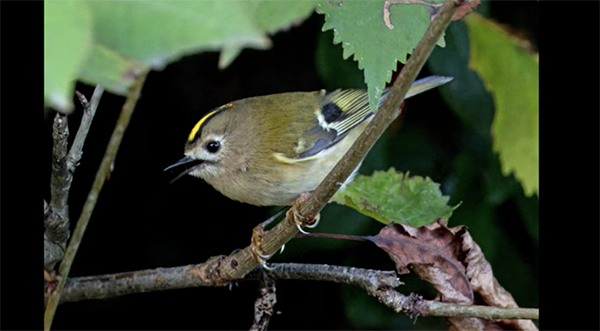Do You Understand the Shutter Modes in Your Camera? (VIDEO)
If you’ve never taken a deep dive into the menu, you may be surprised that the camera offers a choice of three Shutter modes; namely, Mechanical, Electronic, and Elect. 1st-Curtain. I’s important to understand when to select one mode over another, and that’s what you’ll in this quick explainer from the Stormcabbirds YouTube channel.
Many of you purchased a new mirrorless camera specifically because you wanted the benefits of a silent electronic shutter with no mechanical sounds that can easily scare off subjects when shooting wildlife in the field. Or maybe your genre is indoor performance imagery where being discreet is super important.

Some photographers even think of Shutter mode as a set-it-and-forget-it affair, choose Electronic, and never consider the other two options again, If so, they’re in for a big surprise in the following video from a British veteran who specializes in everything from travel, street, and bird photography.
According to our instructor there’s a second big surprise: The Electronic Shutter mode isn’t always what it’s cracked up to be. He put is like this, “There are benefits and drawbacks to each of the three Shutter modes depending on your subject.”
As mentioned above, the headline feature of an Electronic shutter is it’s completely silent operation, plus the fact there are no moving parts to induce camera shake—especially valuable for both macro and wildlife photography. And there are the ultra-fast burst that aren’t available with mechanical shutters.

Unfortunately all this versatility comes along with a few problems and limitations in certain situations, and you’ll earn exactly what they are. The discussion takesa similar approach to demonstrating the pros and cons of the other two Shutter modes in the menu that you probably won’t ignore in the future.
There’s much more to learn on the Stormcabbirds YouTube channel, especially when it come to bird photography tips, gear, and techniques.
Be sure not to miss the other camera-setting guide we featured recently, explaining why a combination of Shutter Priority and Auto ISO modes is a game-changing technique for capturing subjects in motion during everchanging light.





